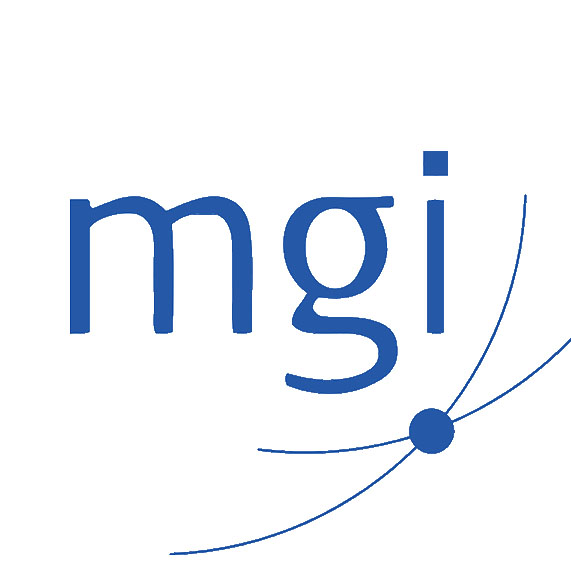For many small business owners, superannuation can be a confusing and complicated place.
This needn’t be the case. It is best to break things down into various “buckets” and tackle them one at a time.
If you would like to learn more about how to get the maximum benefit from your superannuation, or how to make managing your superannuation easier, register for our free upcoming breakfast Smart Super Strategies: How to get more from your biggest long-term investment.
Super Contributions
There are yearly dollar limits on the amount that members or member’s employers can contribute into super. Contributions in excess of these limits attract the top marginal tax rate of 45%, so beware.
These limits are broken into two components – concessional contributions and non-concessional contributions. The former are simply contributions for which the member or employer (whoever makes the contribution) obtains a tax deduction. For those under 49 years of age, the limit is $30,000 and it’s $35,000 for those over 49 years of age. Non-concessional contributions are those contributions for which the member doesn’t obtain a tax deduction. These are unaffected by a member’s age and the yearly limit is $180,000 or the member can elect to “bring forward” up to three year’s contributions, meaning they can contribute up to $540,000 provided they have not exceeded the $180,000 cap in any of the previous three years. The member will also not be able to make any further contributions (above the $540,000) for the next three years.
Super Rules
There are a range of provisions regarding what a super fund can and can’t do, particularly in relation to self-managed super funds (SMSF’s). Here are some examples of rules impacting SMSF’s. The overriding “rule” is what is referred to as the sole purpose test. This simply means that the fund must be established and maintained for the sole purpose of providing superannuation benefits to members. There are then some very specific rules.
In-house assets
As the name suggests, these provisions mean that a super can’t make loans to, or investments in, a related party or entity unless that loan or investment is less than 5% of the value of all of the assets of the super fund. This also includes an asset of the fund which is leased to a related party unless this is business premises.
There are then a whole series of tests to determine whether someone is a related party.
Similarly, a SMSF can’t lend to a member or relative of a member.
Acquiring assets from members
As a general rule, a SMSF cannot acquire an asset from a related party of the fund unless the asset is business premises or listed shares. Any such transaction would need to be at market value.
Borrowing
Again, broadly speaking a super fund cannot borrow money except in certain specific defined situations. These include short term funding (i.e. less than 90 days) to fund superannuation payouts and limited recourse borrowing arrangements (LRBA’s).
The use of LRBA’s can be used to great effect by small business owners and this is discussed in more detail below.
Super Penalties
It is important to realise that breaches of the above rules (and other rules) by a fund trustee could render the trustee liable to a range of potential fines by the ATO. These fines range from $850 up to $10,200 and importantly, they can be levied on each trustee. So a typical “mum and dad” fund where both are trustees could mean total fines of double the above numbers. For this and other reasons, many SMSF’s are replacing “mum and dad” trustees with a corporate trustee.
In extreme cases, where the fund trustee has blatantly disregarded the regulations, the ATO can disqualify a person from acting as trustee of a fund and/or remove the fund’s complying status which can have disastrous consequences. Basically, loss of complying status means that all assets of the fund are taxed at the top marginal rate of 45%. For example, a fund with assets of say $500,000, would have to pay tax of $225,000, leaving only $275,000 left in the fund. In addition, for every year that the fund remains non-complying, its income is also taxed at the top marginal rate.
There are also potential criminal penalties for the breach of certain superannuation rules.
Super Opportunities
Notwithstanding the above, SMSF’s provide significant opportunities, particularly for small business owners.
As mentioned above, a SMSF can acquire business premises from which the business owner operates their business, provided a market rental is paid. The super fund can also borrow (using a LRBA) to fund the purchase of the property if needed. It is important to note that there are strict requirements for LRBA’s and readers should seek professional advice prior to undertaking this.
It is also not too late if the business premises are already owned by “mum and dad” through another entity. The property can be sold to the super fund and there may be significant tax benefits in doing so, notwithstanding that stamp duty may be payable on the transfer. For example, the business may be operated through a company or trust, with a tax rate of 30% or more. By paying rent to your super fund, you get a tax deduction for the rent expense at 30% (or more) but the fund only pays tax on the rental income it receives at the rate of 15%, so there is a net tax benefit to the business owner equal to 15% of the rental income each and every year. If the fund is in pension phase (i.e. paying pensions to its members) then the fund pays no tax on the rental income it receives and the business owner pockets the whole 30% (or more) on the rental income paid each and every year.
In addition, even if the fund is not in pension phase, when the property or any other asset is sold, the capital gains tax rate inside a super fund is only 10% compared to up to 22.5% outside of super. Once again, if the fund is in pension phase, the CGT rate inside the fund is zero. So there are significant advantages in accumulating as much wealth as possible inside super.
Another potential advantage relates to the super fund investing in public company shares. Most dividends received will be franked dividends (i.e. tax paid at 30%). These are only taxed at 15% in super, so the balance of the franking credits are available as a tax refund to the fund or can be used to offset other tax payable. Where the fund is in pension phase, and the fund pays no tax, all of the franking credits would potentially be available as a tax refund.
Why talk to us?
Managing your super fund, and navigating the minefield of rules and regulations, can be a stressful and time consuming activity. MGI can help you maximise the opportunities that superannuation benefits present. Register for our upcoming Smart Super Strategies breakfast held on 3 September or talk to us today and begin the journey to achieving the lifestyle you want in retirement. Call our Brisbane office on 07 3002 4800 or our Gold Coast office on 07 5591 1661.







